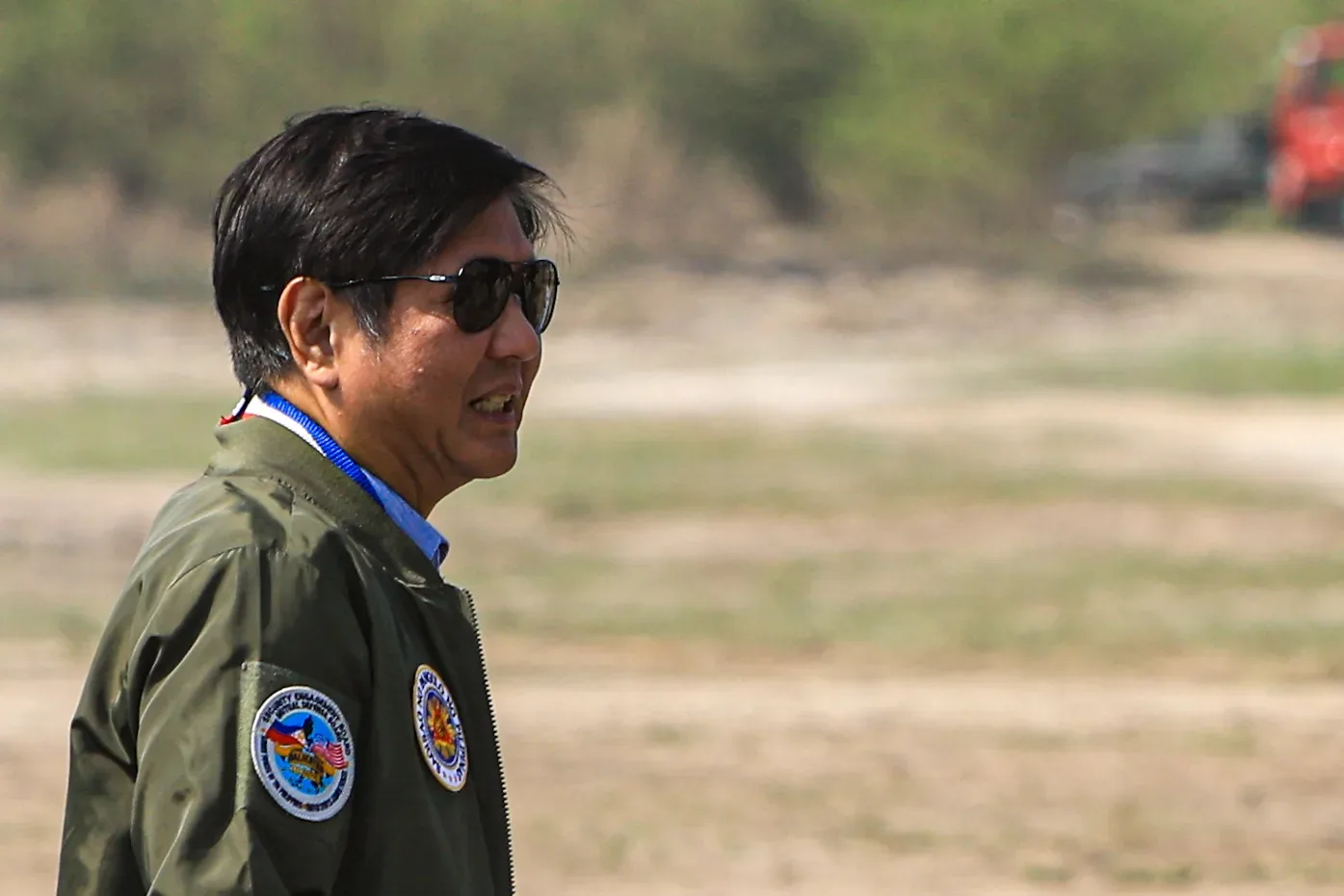The China-Philippines South China Sea Face-Off Requires Restraint
Even as the world’s attention is focused on the wars in Gaza and Ukraine, tensions continue to rise in Southeast Asia between the Philippines and China. Recent incidents at sea between the two have been the worst in more than a decade.
The United States, through its active presence in the region and treaty alliance with the Philippines, is intimately tied to this worsening row. Unless handled carefully, the situation could lead to a full-blown crisis or even conflict that none of the parties wants. While the Philippines is exercising agency in its responses to Chinese behavior, the United States retains high levels of bargaining power with its ally. There is a strong case to be made for Washington to exercise restraint and avoid worsening the situation, while aiding the Philippines in measured ways in its defense against intrusive Chinese activities.
When Ferdinand Marcos, Jr. was elected as president of the Philippines in 2022, some Filipinos feared that his foreign policy would continue the tilt toward China that was seen under his predecessor, Rodrigo Duterte. This expectation was partly because Marcos had picked Sara Duterte, the former president’s daughter, as his running mate.
However, as 2023 progressed it became clear that the Philippines was undertaking a major shift in its orientation, placing its bets heavily on its alliance with the United States. The two allies announced four additional military sites that the U.S. would have access to under the 2014 Enhanced Defense Cooperation Agreement. Three of these sites are in northern Luzon, closer to Taiwan. This year’s Balikatan exercises were also the largest ever, with maneuvers that included the defense of the Batanes islands, which are located even closer to Taiwan than northern Luzon is. Earlier this year I wrote about the risks of fusing the Taiwan and South China Sea theaters and planning joint patrols.
Read the full piece in The Diplomat.
